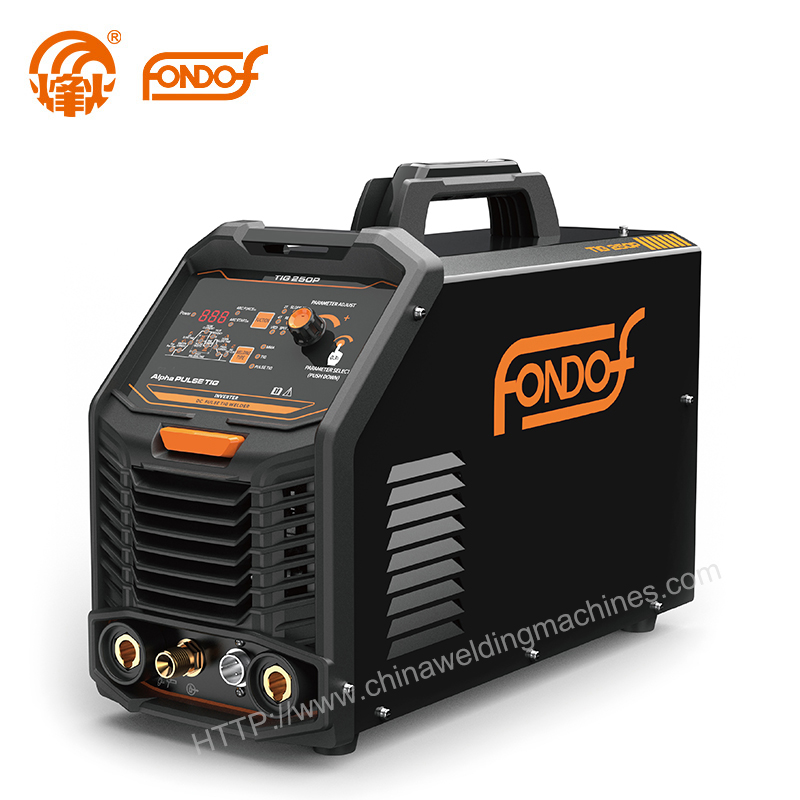Aluminum Welding Buyer’s Guide: Processes, Settings, Comparisons, and a Supplier Qualification Checklist
 Aug. 21, 2025
Aug. 21, 2025
What Is Aluminum Welding and When to Use It (GTAW/TIG, GMAW/MIG)
Definition (rephrased): Aluminum welding joins aluminum alloys by creating a molten pool protected by inert gas; the most common methods are TIG (GTAW) and MIG (GMAW).
Choose TIG (GTAW) when: Thin gauge, precision parts, small heat-affected zone, best cosmetic finish (frames, tubes, decorative welds).
Choose MIG (GMAW) when: Faster deposition, thicker plate, structural/production work; pulsed MIG excels on thin-to-medium 6xxx.
Less common: Laser for high throughput/automation; friction stir for long seams and minimal distortion (higher capex and fixturing complexity).

Aluminum Welding Process Steps and Starter Settings (Direct How-To)
Universal Preparation
Degrease with acetone or an approved solvent.
Remove oxide using a stainless brush dedicated to aluminum.
Keep parts and filler completely dry; avoid moisture pickup.
Ensure tight fit-up with minimal gaps; fixture as needed.
TIG (AC) Starter Settings
Polarity: AC with balance ~65–75% EN (electrode negative) for cleaning/penetration.
Amperage rule of thumb: 1 A per 0.001" (≈25 A/mm) thickness; fine-tune with foot pedal.
Tungsten: 2% lanthanated/ceriated; slightly rounded tip for AC.
Gas: 100% argon, 10–20 CFH depending on cup/gas lens; post-flow 7–12 s.
Pulse (optional): 0.8–2 Hz, peak/base 30–50% to control heat on thin stock.
MIG (Spray/Pulsed) Starter Settings
Wire: ER4043 (good flow), ER5356 (higher strength/stiffness); 0.9–1.2 mm (0.035–0.045").
Gas: 100% argon (consider Ar/He mix for thick sections), 20–35 CFH.
Drive: Spool gun or push-pull to prevent birdnesting; U-groove rollers and PTFE liners.
Transfer: Pulsed for thin/6xxx; standard spray for thicker gauges.
Preheat (thick sections): 80–120 °C max; avoid overheating to limit distortion.
Safety and Work Environment (Buyer-Required)
PPE: Auto-darkening helmet, FR jacket/gloves; protect eyes/skin from UV/IR.
Ventilation: Control ozone and metal fumes; use local extraction when needed.
Gas/Cylinders: Leak checks, correct regulators, secured storage.
Cleanliness: Dedicated brushes, covered filler to prevent moisture/contamination.
Shielding Gas and Filler Selection Guide
Shielding Gas
100% Argon: Default for TIG/MIG on most aluminum applications.
Argon/Helium Mixes (e.g., 75/25 to 25/75): Increased heat input and penetration for thick sections or high thermal mass joints; higher cost.
Filler Alloys
ER4043: Better fluidity, lower crack sensitivity, good for 6xxx; slightly lower strength; not ideal for anodize color match.
ER5356: Higher tensile/ductility, good for marine and anodize color match; note potential stress-corrosion concerns in sustained high-temperature service.
ER4047: Higher silicon for excellent flow and crack resistance; useful for casting repair and leak sealing.
Alloy Weldability Note: 2xxx/7xxx series can be challenging; check compatibility charts or consider joint redesign/alloy substitution.
MIG vs TIG vs Stick vs Laser — Practical Comparisons
TIG vs MIG (aluminum): TIG offers the cleanest bead and best control on thin parts but is slower; MIG delivers higher speed and is easier to automate. Pulsed MIG reduces burn-through and spatter on 6xxx.
Aluminum vs Steel Welding: Aluminum has a persistent oxide layer, higher thermal conductivity, and no visible color change before melting—technique and parameters must be adapted.
Stick for Aluminum: Rarely used for production (special rods); not recommended when cosmetic or structural quality is critical.
Laser: Very fast with a narrow HAZ; high capital cost and tight fixturing/automation requirements.
Equipment Selection Checklist (Home Use to Industrial Cells)
Process Capability: AC/DC TIG for aluminum and steels; pulsed MIG programs for aluminum; consider dual-voltage.
Duty Cycle & Amps: Ask for ratings at 40 °C; target >200 A continuous for medium thickness work.
Arc Start & Control (TIG): HF start, foot pedal/hand remote, slope in/out, AC balance/frequency control.
Wire Feeding (MIG): Spool gun or push-pull; U-groove rollers, Teflon/PTFE liners.
Controls: Job memories, pulsed libraries, crater fill, burn-back control (MIG).
Torch Cooling: Water-cooled for high amps/duty; air-cooled for portability/light duty.
Accessories: Gas lens kits (TIG), varied cups/nozzles/diffusers; quality regulators/flowmeters.
Service/Warranty: 2–3+ year warranty, spare boards/torches in stock, local service partners, calibration support.
Application Playbooks (Automotive, Marine, DIY/Prototyping)
Aluminum Welding for Car Body/Exhaust Repair
Materials: Mostly 5xxx/6xxx; thin sheet/tube.
Method: TIG for visible/precision repairs; pulsed MIG for panels and longer seams.
Tips: Tight fit-up, backing bars for heat sink, stitch welding to manage distortion.
Aluminum Welding for Boat/Marine Repair
Materials: 5xxx (5052/5083/5086) for corrosion resistance.
Method: MIG with 5356 for strength/anodize match; TIG for edges and fittings.
Tips: Post-weld cleaning, leak tests for tanks/hulls; consider Ar/He mixes on thick transoms.
DIY/Prototyping and Light Fabrication
Equipment: Dual-voltage inverter TIG or compact pulsed MIG for easy setup.
Focus: Save repeatable parameters; use simple jigs/fixtures to maintain geometry.
Quality Control, Testing, and Standards (What Buyers Should Require)
Standards: AWS D1.2 (structural aluminum), ASME Section IX (procedure/welder qualifications), ISO 9606-2 (welder), ISO 3834 (welding quality).
Documentation: WPS/PQR with parameter windows, base/filler pairing, interpass temperatures, cleaning steps.
Inspection: VT/PT for surface defects; RT/UT for critical joints; track bead appearance and defect rates.
Process Control: Purge where relevant, verify gas flow/post-flow, track tungsten regrind frequency (TIG), maintain dry filler storage.
Color/Heat Tint: Aluminum does not tint like stainless; watch for porosity and crater cracks; validate with bend or macro-etch coupons.
Cost, Throughput, and ROI for Aluminum Welding
| Category | Typical Range | Notes |
|---|---|---|
| Capex (entry) | $600–$1,500 | Hobby/entry TIG or MIG |
| Capex (pro portable) | $1,800–$5,000 | AC/DC TIG or pulsed MIG with programs |
| Capex (industrial) | $6,000–$25,000+ | High duty cycles, automation/laser options |
| Opex drivers | — | Shielding gas, wire/rods, cups/nozzles, liners, tips, power, water cooling |
| Throughput | MIG ≈ 2–4× TIG deposition | Choose based on takt time and cosmetic specification |
| Defect economics | — | Invest in cleaning, fit-up, WPS discipline to prevent rework |
Supplier Sourcing and Qualification (China & Global)
Shortlist vendors with proven aluminum portfolios (pulsed MIG programs, AC TIG capability).
Ask for certifications: ISO 9001, CE/UKCA; welding quality ISO 3834; welder quals ISO 9606-2/AWS.
Request samples: WPS/PQR plus a live demo: TIG on 2–3 mm sheet and pulsed MIG on 3–6 mm 6xxx.
Validate specs: Duty cycle proof at rated ambient; demo thermal trip/reset and low-amp arc stability.
Component transparency: IGBT source, torch models (WP-17/18/20 or equivalent), spool gun/push-pull brand, liner types.
Spares & SLA: Tips, liners, torches in stock; RMA turnaround commitments in writing.
Commercial terms: MOQ, EXW/FOB, lead times, HS codes, packaging tests (ISTA 1A/2A), OEM branding, plug standards.



























